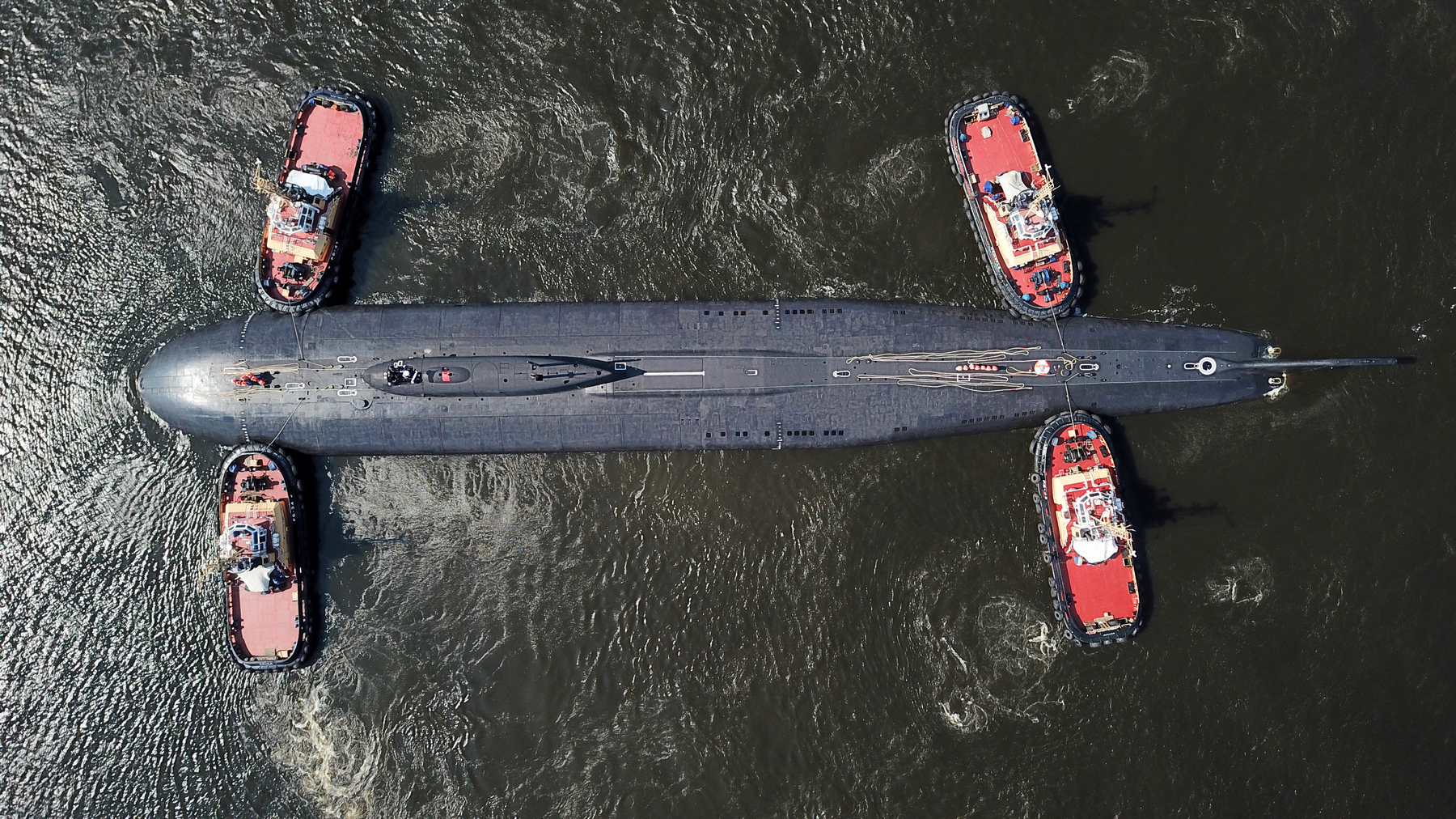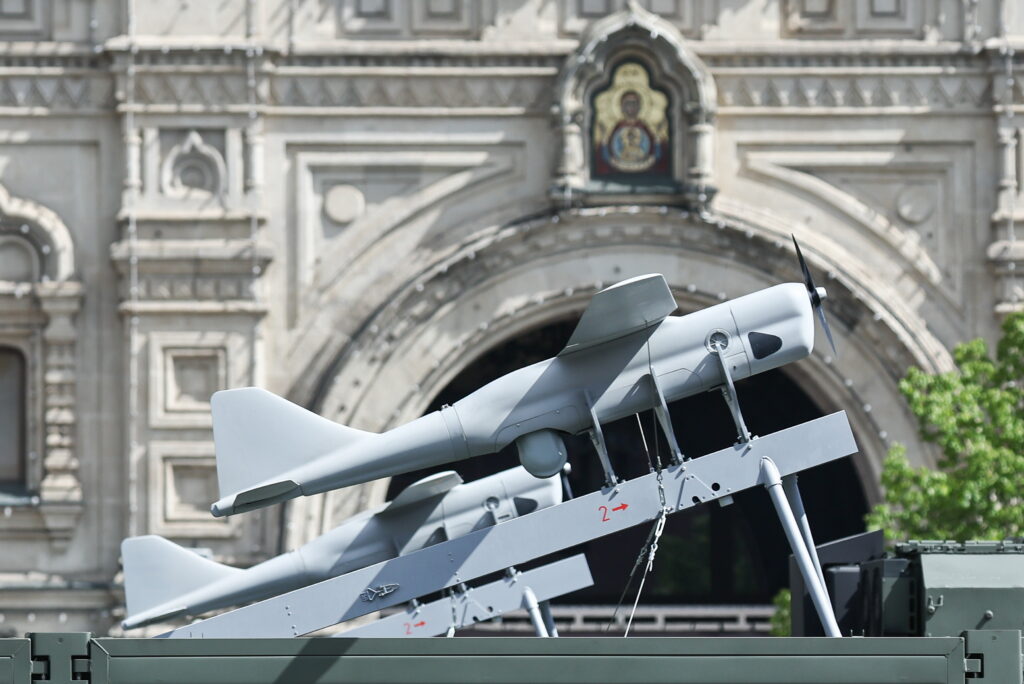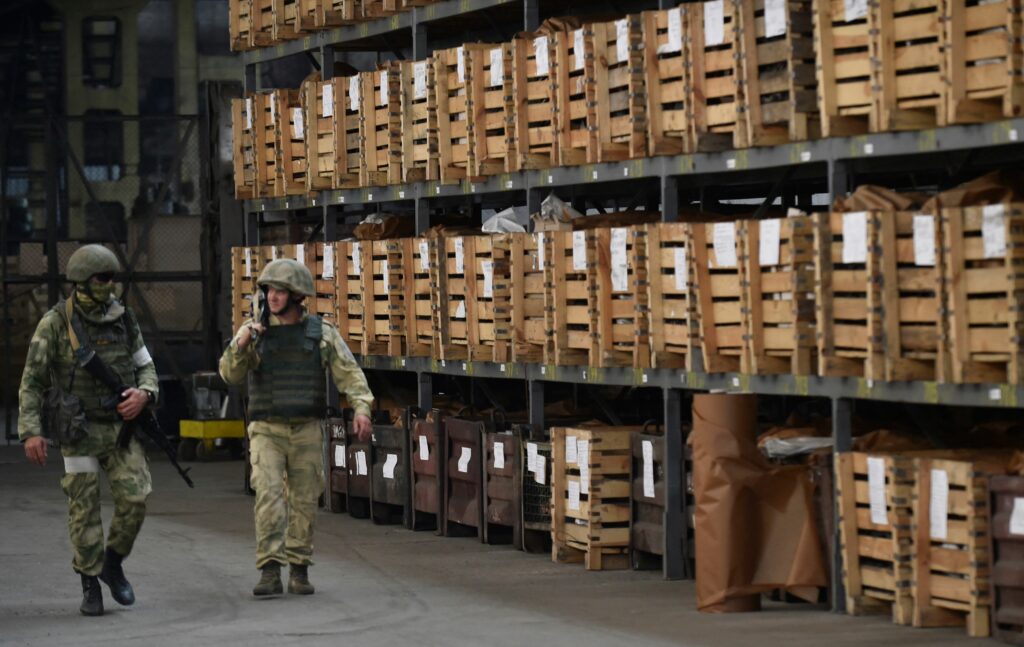In discussions on the Russian navy, the focus is usually on nuclear-powered submarines. Conventional naval forces are often debated only in the context of ambitious yet very vague projects such as multi-purpose landing ships (helicopter carriers) or aircraft carriers that risk repeating the fate of the stillborn nuclear destroyer project. The surface forces of the Russian navy remain locked in the ‘propulsion trap’, which is why Moscow has been trying to strengthen its conventional maritime capabilities for all of the past years, making them more flexible thanks to diesel-electric submarines.
This approach seems to exhibit the logic of participation in a multipolar balance of power, which, quite interestingly, differs from the currently dominant logic of confrontation with the West. It is not a question of challenging, remaking or breaking the existing order at any cost, but rather of adapting to the surrounding international reality while leveraging the available material opportunities. This is even indicated by the largest exercises of Pacific Fleet conventional forces in recent years, held near Hawaii in June 2021, despite their blatantly anti-American profile. Therefore, we are dealing with an objective process which is likely to remain relevant for Russia’s foreign policy regardless of the political developments at home.
Challenges of transition to new technologies
Until the early 2010s, almost all Russian diesel-electric submarines were Soviet legacy (the Som 641B projects going back to the 1970s, and the more manoeuvrable and compact 877 Paltus of the 1980s), except for two submarines, built in 1992–1993 from existing stocks of materials and components. The main purpose of these submarines, armed with torpedoes and mines, was to protect the waters around naval bases. They have been gradually decommissioned: initially, Russia had more than 40 such submarines, but only 13 of them are still in service in 2021. The Som 641B submarines ceased to be used in the 1990s while 877 Paltus submarines have been gradually decommissioned since the 2000s as their service life expires.
Russia’s non-nuclear submarine fleet was naturally coming into relative conformity with Russia’s objective capabilities and needs. At the same time, following the example of the USSR, Russia continued to build Project 877 submarines for export and, to this end, it even built an upgraded version, capable of carrying cruise missiles (the 636 Varshavyanka project). Thanks to their increased force projection, the submarines became attractive to China, Vietnam and Algeria. Within less than three decades, Russia has sold about two dozen such submarines on the foreign market, while reducing the number of production plants from three to one.
In the second half of the 1990s, the development of a new generation of non-nuclear submarines was commenced (project 677 Lada), but it was very slow due to economic and technological problems, and the priority during all these decades was to modernise the nuclear submarine fleet. Nevertheless, the development of the diesel-electric submarines was going in a certain direction: apart from cruise missiles, there was a question of equipping the new generation with air-independent propulsion systems which would enable the submarines to stay submerged for much longer. By all appearances, the initial reference point was the German Project 212 submarine produced at the time. Since the 2000s, Japan, South Korea, Spain and other countries began to develop and build advanced diesel-electric submarines. In fact, perhaps for the first time since World War II, Russia tried to enter the international conventional arms race in a field where there was no question of rivalry with the US or other nuclear powers.
However, Project 677 Lada proved very challenging for the Russian industry. By the time the first submarine was handed over to the navy in 2010, the air-independent propulsion system was still not there. That first submarine is still officially in trial operation in the Northern Fleet. This is why Russia began to upgrade its non-nuclear fleet with Varshavyanka submarines: a series of six submarines were built for the Black Sea Fleet in 2010–2016, and a series of six submarines for the Pacific Fleet have been under construction since 2017. However, Russia is not giving up on Lada submarines either: the navy expects to receive the next two submarines from this project in 2022 (instead of 2009–2010, as originally planned), and they will also have no air-independent units. The next two submarines are scheduled closer to the late 2020s, although the prospects for their construction are not yet quite clear.
Thus, unable to make a technological breakthrough, Russia opted for modernisation by catching up. At the cost of abandoning advanced propulsion systems, this enabled it to obtain a certain number of submarines within predictable timeframes, only with their control and armament systems improved. While submarines with air-independent systems are not much needed to protect waters, the absence of such systems imposes restrictions on the use of diesel-electric submarines as a force projection tool.
The strategy of presence and force projection
The increase in force projection capabilities is one of the main long-term goals behind the modernisation of the non-nuclear submarine forces and the navy as a whole. Thus, for many decades, Russia’s naval policy framework (e.g., the 2000 and 2017 editions), its maritime doctrine (e.g., the 2001 and 2015 editions), and Russia’s maritime development strategy until 2030 (2019) have provided for either permanent or temporary presence of the Russian navy and its participation in peacekeeping in key regions. In other words, this relates to a limited force projection and ability to operate as part of a coalition. This task calls for ships that are capable of striking sea and land targets independently, and of supporting and defending land forces, and which—unlike nuclear-powered submarines and nuclear-powered cruisers—will not face any technical and political restrictions when calling at foreign ports and Russian logistics depots abroad. At present, Russia cannot build surface combat ships more powerful than frigates, and the number of such frigates is small. This limits the scale of the missile strike which it can launch against an enemy far from its borders. Diesel-electric submarines are designed to partially compensate for this objective weakness.
The most striking illustration of this strategy was the fact that the order for the first series of Varshavyanka vessels coincided with the order for the Mistral helicopter carriers in France. These ships were intended for the Pacific and Black Sea Fleets. At the same time, construction of Project 11356 frigates began and an attempt was made to establish serial production of Project 22350 frigates, all for the sake of implementing a long-term maritime policy. Russia’s approach was not changed even by the annexation of Crimea and the confrontation with the West that began in 2014, with all the sanctions imposed and military-technical cooperation curtailed.
Building conventional strike capabilities away from its shores became a priority. In this context, the role that Moscow now assigns to diesel-electric submarines has become even more evident. This role was demonstrated already in the first weeks of the Syrian campaign, as well as in a number of military exercises, including the exercises held in the second half of June 2021 in the Mediterranean Sea. In essence, the new Russian non-nuclear submarines have complemented frigates and corvettes with cruise missiles.
It would seem that Russia’s current modest conventional naval forces, which it will also have in the 2020s and 2030s, do not allow it to feel confident at sea, away from its shores. This is particularly noticeable in the Pacific and Indian oceans, where, in addition to the U.S., China and India, also other regional players are actively modernising their fleets. However, this very modesty makes it acceptable for many of these players to interact with Russia in maritime affairs. Together with the creation of a compact infrastructure to support its small forces in these regions, such as the logistics support depot in Sudan, Moscow is acquiring the sought-after status of a player which all others will have to reckon with. And Russia is doing it without seriously overstretching its forces.
Moreover, while a pair of frigates, together with support vessels, could be ignored in the event of a regional crisis, diesel-electric submarines, no matter how small in numbers, represent a more significant political lever given their lower visibility and predictability, especially if implemented in the context of multilateral diplomacy. Incidentally, this also brings Russia closer to another goal, namely providing general-purpose naval force groupings with a strategic non-nuclear containment capability.
Thus, a material opportunity is now being created for Russia to rethink its entire foreign policy. The paradigm of confrontation with the United States and its allies, economically untenable for Russia, even if one takes the Russian elite’s endless curtseys towards China at face value, is beginning to coexist with a more complex but economically and politically justified approach. The idea is to embed Russia in regional and cross-regional power balances without assuming excessive responsibility, but with the ability to play around the contradictions of the major military powers and to build interactions with peripheral players.










